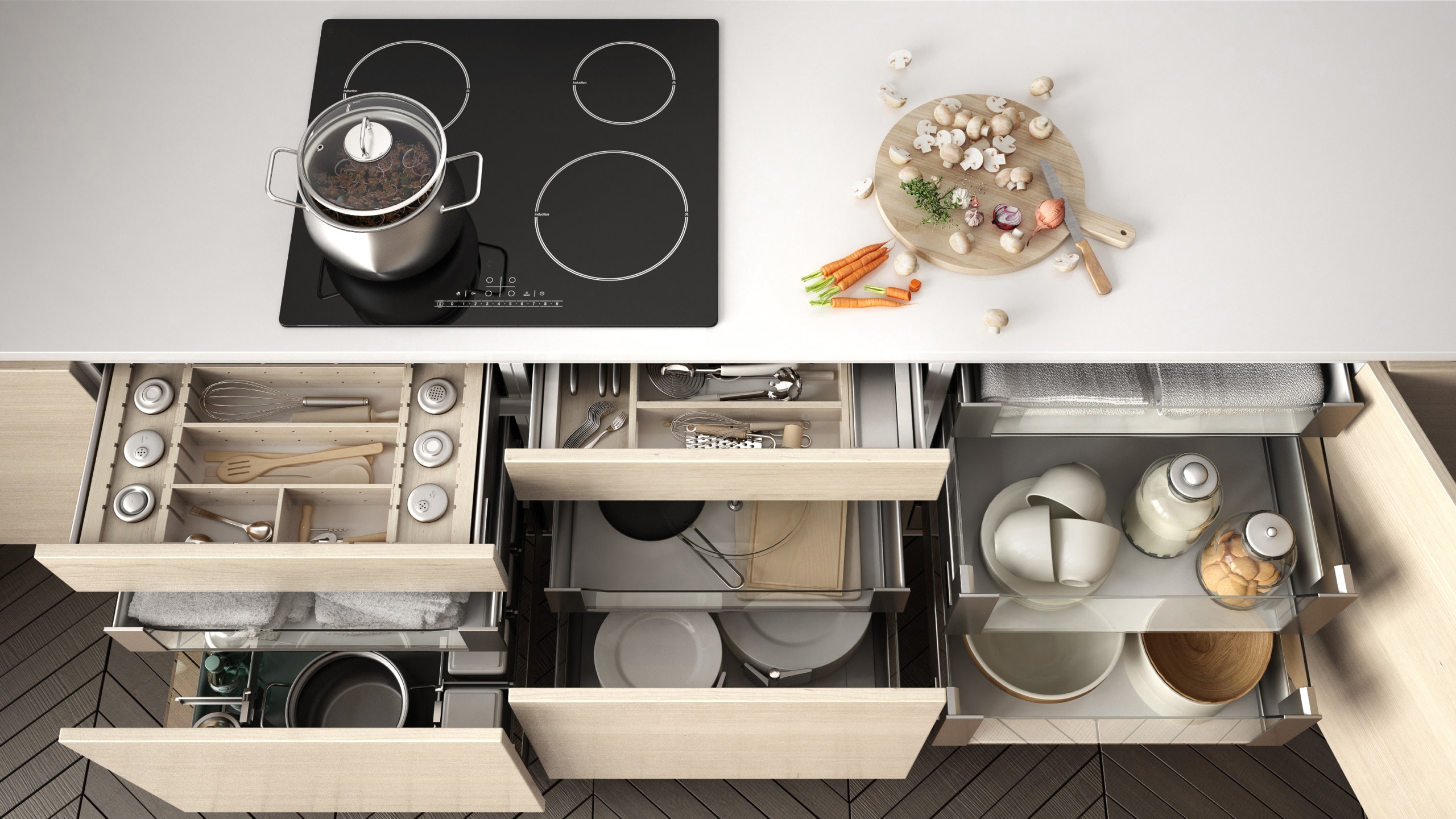Whether to buy or lease your next car is a choice that can feel overwhelming. Both options have pros and cons, but the best path depends on how you plan to use the car and what matters most to you. Here’s a breakdown of the key differences to help you decide.
1. Navigate Your Budget and Monthly Payments
Buying a car usually means higher monthly payments because you’re financing the entire purchase price. That doesn’t even include an upfront down payment. But once the loan is paid off, you own the car and only need to cover insurance, gas, and maintenance costs.
Leasing offers lower monthly payments and lets you drive a newer, more expensive car than you might otherwise afford. However, you’re basically renting the vehicle and won’t build any ownership value. Once the lease ends, you’ll need to lease another car, buy the current one, or find different transportation.
2. Consider Your Ownership Timeline
Buying makes more financial sense if you plan to keep the car longer than a typical 2- to 3-year lease. Over time, owning a car, even with maintenance and repairs, usually costs less than leasing multiple cars back-to-back. Leasing works better if you prefer a new car every few years. Switching to a new vehicle at the end of your lease is simple and convenient.
3. Evaluate Your Mileage Requirements
Buying gives you the freedom of unlimited mileage. This works particularly well for drivers with long commutes, frequent travel requirements, or who simply love road trips. Leasing typically includes mileage caps (usually 10,000–15,000 miles per year), which can result in costly fees if you go over. Before you choose to lease, estimate your annual driving habits to avoid expensive surprises.
4. Understand Responsibility for Wear and Tear
When you buy a car, you handle all wear and tear without penalties. Leasing is stricter. Companies inspect returned vehicles and may charge you for “excessive” wear, like scratches, dents, stains, or overly worn tires. Anything beyond normal wear and tear can cost you money when you return the leased car.
5. Consider Customization and Personalization
Once you buy a car, it’s yours to change however you want. You can add new parts and accessories to make it look exactly how you want. Leasing doesn’t allow permanent changes to the vehicle because you must return it in the same condition you got it. Any modifications you make might need to be reversed before returning the car, or you could be charged additional fees.
6. Weigh Equity Building Against Flexibility
Every payment you make on a car loan builds ownership value in the vehicle. Once you pay off the loan, the car is yours to keep, sell, or trade in, giving you a return on your investment. Leasing doesn’t build any ownership value, but it gives you more flexibility when the lease ends.
7. Examine the Impact on Insurance Costs
Insurance costs for a purchased car depend on the car’s age, value, your driving record, and how much coverage you choose. You can control your coverage options and adjust them based on your budget. Leasing often requires higher levels of insurance coverage, especially comprehensive and collision. This requirement usually means higher insurance costs for people who lease than for those who buy.
8. Analyze Taxes and Associated Fees
When you buy a car, you immediately pay sales tax on the full purchase price. The upfront tax cost is higher, but it’s a one-time payment. With leasing, you pay lower upfront taxes because you’re charged only for the portion of the car’s value you use during the lease. However, you might pay taxes again if you buy the car later. Leasing usually includes extra fees like acquisition and disposition charges as well.
In most cases, buying and eventually owning your car outright is the more financially sound choice, especially if you plan to keep the vehicle for several years. While leasing may offer short-term flexibility, ownership often provides greater long-term value and freedom. By weighing your driving habits, budget, and goals, you can make the choice that supports your financial well-being.
Need help deciding? Talk to one of our experts to explore what works best for your goals.




